Buy the photo The kingfisher (2) by WILBERT HEIJKOOP photography on canvas, ArtFrame, poster and wallpaper, printed on demand in high quality.
About "The kingfisher (2)"
by WILBERT HEIJKOOP photography
About the artwork
The kingfisher is a typical fish-eater and is thus strongly water-bound. Because of its preference for steep walls to breed in, they are often found near running water, as steep banks naturally form there through erosion. Stagnant fish-rich waters with vegetation also provide excellent habitat. The species is common throughout most of its range, but in some areas the kingfisher is threatened with extinction. The kingfisher is a small bird with a short tail and legs, a short neck, short rounded wings, a large head with large eyes and a long, dagger-shaped bill. The legs are syndactyl: the front toes are partially fused at the base. The kingfisher is predominantly blue on top, with the feathers of the head and wings being iridescent blue-green, and lighter to cobalt blue on the middle of the back. The tail feathers are somewhat darker. The feathers on the breast and belly side are warm orange, standing out clearly with this. From the bill to behind the eye, an orange eye stripe is present on the cheek, which abruptly turns into a bright white stripe. The throat is also white. The legs of an adult kingfisher are orange to red in colour. Males can only be distinguished from females by the colour of the base of the lower bill, which is mostly to completely orange in the female. Orange may also occur in the base of the upper bill in the female. The lower bill of the male may be orange up to a third of its length, as seen from the base. Juveniles are distinguished from adults by the fainter plumage with dark grey-edged breast feathers, a shorter bill with a pale bill tip, and dark brown legs.

About WILBERT HEIJKOOP photography
"Passion for Light
I am Wilbert Heijkoop and I am 35 years old. I have a great passion for nature and wildlife photography. I really enjoy going out with the camera and capture amazing landscapes or special encounters with animals...
Read more…
 Germany
Germany Ordered in May 2019
Ordered in May 2019
 Netherlands
Netherlands Ordered in November 2020
Ordered in November 2020
 Germany
Germany Ordered in November 2024
Ordered in November 2024
 Netherlands
Netherlands Ordered in June 2021
Ordered in June 2021
 Germany
Germany Ordered in May 2021
Ordered in May 2021
 Germany
Germany Ordered in January 2021
Ordered in January 2021
 Netherlands
Netherlands Ordered in December 2021
Ordered in December 2021
 Germany
Germany Ordered in December 2023
Ordered in December 2023
 Germany
Germany Ordered in February 2021
Ordered in February 2021
 Netherlands
Netherlands Ordered in December 2022
Ordered in December 2022
 Netherlands
Netherlands Ordered in September 2023
Ordered in September 2023
 Germany
Germany Ordered in October 2021
Ordered in October 2021
About the material
ArtFrame™
Interchangeable Art Prints
- High-quality print
- Easily interchangeable
- Acoustic function
- Large sizes available
Discover the artworks of WILBERT HEIJKOOP photography
 SnowdropsWILBERT HEIJKOOP photography
SnowdropsWILBERT HEIJKOOP photography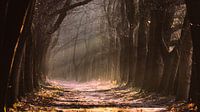 SunburstWILBERT HEIJKOOP photography
SunburstWILBERT HEIJKOOP photography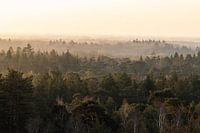 On EnglishWILBERT HEIJKOOP photography
On EnglishWILBERT HEIJKOOP photography The SunriseWILBERT HEIJKOOP photography
The SunriseWILBERT HEIJKOOP photography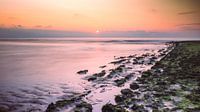 The RestWILBERT HEIJKOOP photography
The RestWILBERT HEIJKOOP photography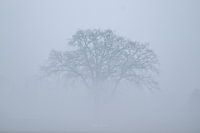 The FogWILBERT HEIJKOOP photography
The FogWILBERT HEIJKOOP photography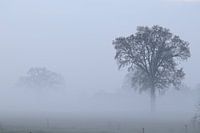 The TreeWILBERT HEIJKOOP photography
The TreeWILBERT HEIJKOOP photography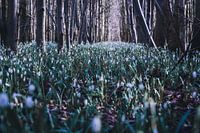 snowdrop forestWILBERT HEIJKOOP photography
snowdrop forestWILBERT HEIJKOOP photography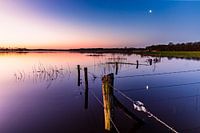 Moonset at JunneWILBERT HEIJKOOP photography
Moonset at JunneWILBERT HEIJKOOP photography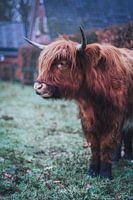 The ScotWILBERT HEIJKOOP photography
The ScotWILBERT HEIJKOOP photography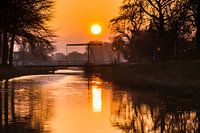 The BridgeWILBERT HEIJKOOP photography
The BridgeWILBERT HEIJKOOP photography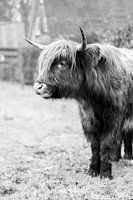 The Scottish CowWILBERT HEIJKOOP photography
The Scottish CowWILBERT HEIJKOOP photography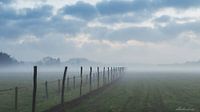 LinesWILBERT HEIJKOOP photography
LinesWILBERT HEIJKOOP photography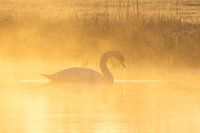 The SwanWILBERT HEIJKOOP photography
The SwanWILBERT HEIJKOOP photography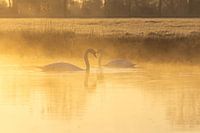 The LoveWILBERT HEIJKOOP photography
The LoveWILBERT HEIJKOOP photography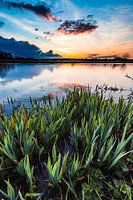 The Morning SunWILBERT HEIJKOOP photography
The Morning SunWILBERT HEIJKOOP photography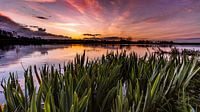 The Sunrise 2WILBERT HEIJKOOP photography
The Sunrise 2WILBERT HEIJKOOP photography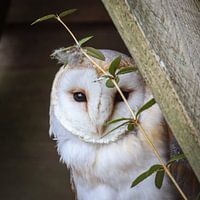 Church OwlWILBERT HEIJKOOP photography
Church OwlWILBERT HEIJKOOP photography The HeathWILBERT HEIJKOOP photography
The HeathWILBERT HEIJKOOP photography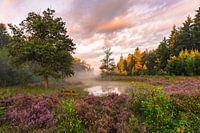 The Heather LakeWILBERT HEIJKOOP photography
The Heather LakeWILBERT HEIJKOOP photography
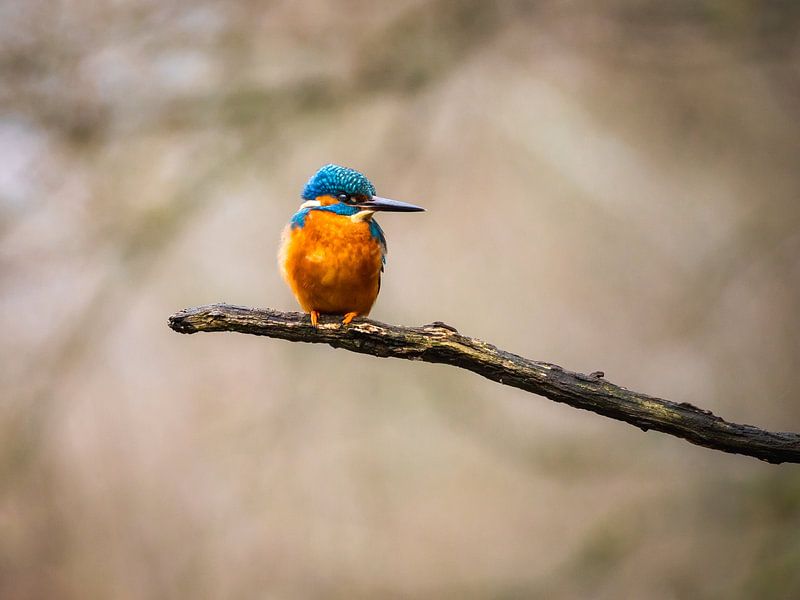












 Kingfisher
Kingfisher Photo wallpaper
Photo wallpaper Photography
Photography Serene Peace
Serene Peace









